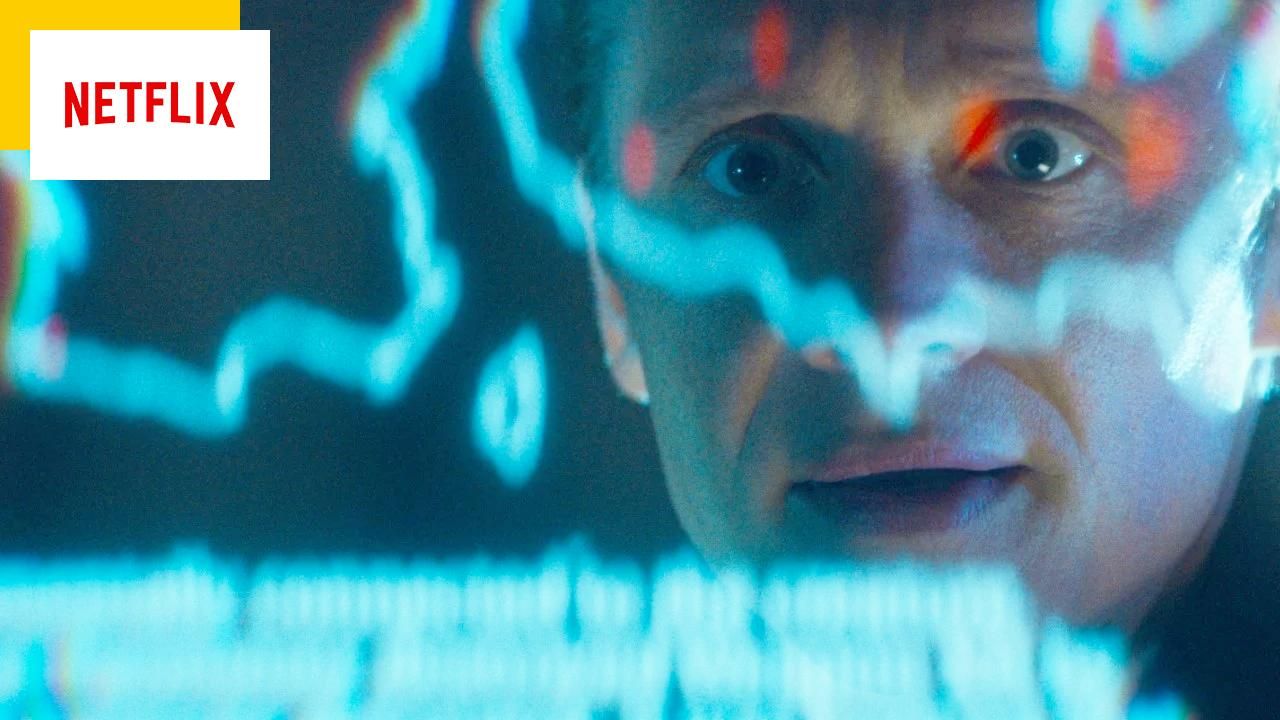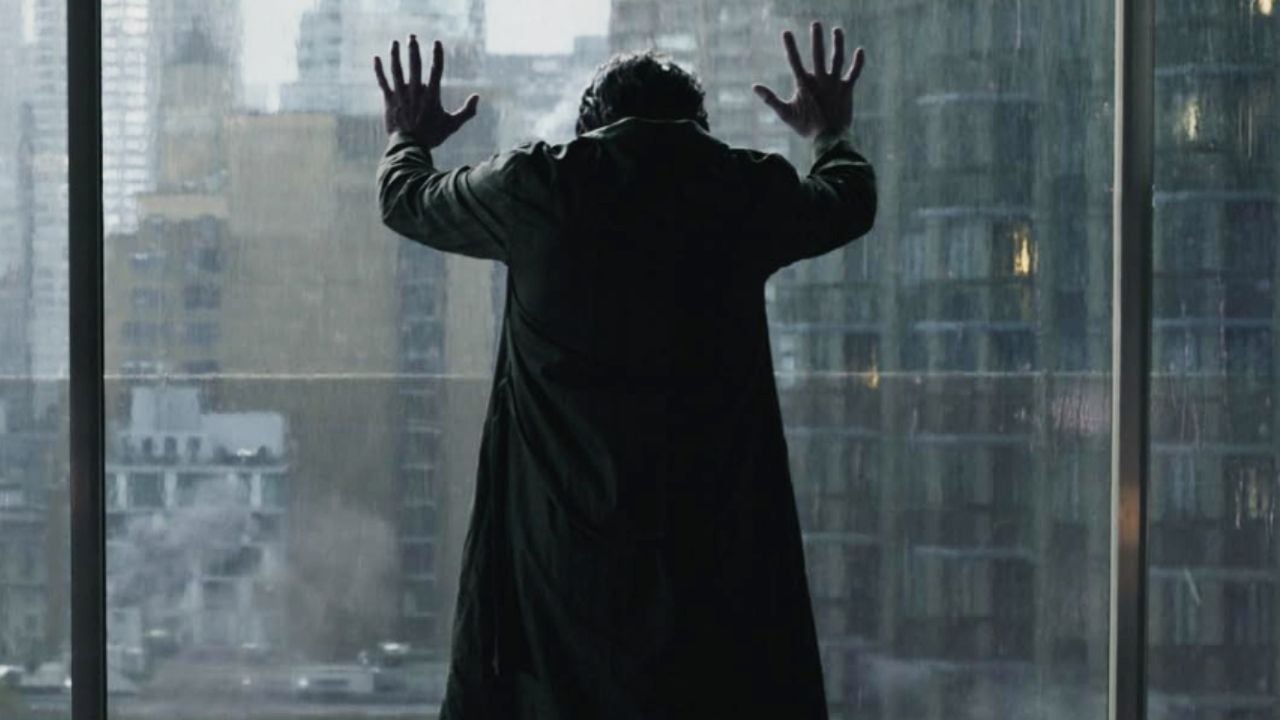Artificial intelligence is taking more and more place in our daily life. This process of mimicking human intelligence is more than ever at the center of the debate: should we set limits on it? What are the possible deviations? If it is not dated today, it has invaded the public square and is now available to all.
Obviously, cinema has also long embraced this theme, as Loic Besnier, Ph.D. in Epistemology, History of Science and Technology, explains in this article. His research focuses on the representation of science in film, as well as its reception by the public: “Artificial intelligence, as a field widely represented in cinematic literature, was hard not to be interested in.”
The issue of artificial intelligence is relevant for two reasons: first, the issue of its use in Hollywood is one of the issues raised by screenwriters and actors who are currently on strike on the other side of the Atlantic. Today, it is stunt performers who see their jobs threatened by studios willing to model their bodies to artificially add them to the screen.
We’re also talking about it because this summer, two big blockbusters put artificial intelligence at the center of their plot: Mission Impossible 7 (in theaters) and Agent Stone. As we shall see, these two examples approach the issue differently.
In the case of the Netflix movie starring Gal Gadot, it’s a tool called The Heart used by Charter, an independent agency that anticipates attacks and predicts mission success thanks to statistics… a supercomputer used as A. Macguffin (the mysterious material object that is the pretext for the development of the script) because it is at the center of all desire and it must be “saved”.
The release of Agent Stone is an opportunity to look back at 5 films that approached artificial intelligence in their own way. As we already explained, the cinema caught this topic very early: “AI staging is not a recent phenomenon”Confirms our expert.
Also, if it is true that we are talking more and more about research and the possible use of artificial intelligence, these scientific questions are not new, as we believe that this is becoming an area of research. In the mid-1950s. But we must also consider that questions about the creation of a form of intelligence by man predate this date. For example, in 1927 Fritz Lang was already operating in this field metropolis.”
2001: A Space Odyssey and the Case for HAL 9000
When we talk about artificial intelligence, we think – sometimes wrongly – about malicious robots that turn against humans. And this is normal, because the cinema came to strengthen this idea, sometimes introducing some nuances. Also, when we think of a movie where machines want to control us, one of the first that comes to mind is Stanley Kubrick’s 2001: A Space Odyssey.
He created HAL 9000, a supercomputer capable of reproducing most of the activities of the human brain, the great villain in his story. A feature film that was released in 1968 and which already depicted the possible excesses of artificial intelligence. In this case, HAL 9000 believes he is doing the right thing, which endangers the safety of the astronauts on board.
HAL 9000 in 2001: A Space Odyssey
“If we look at the role of artificial intelligence in the diegesis of achievements, the main axes can emerge. A fundamentally evil AI that actually impersonates the protagonist or protagonists’ antagonist. But another scenario could arise where AI gradually becomes malicious. This is also the case of HAL in 2001, which drives the discussion towards the concepts of reflection and learning in this AI.”
If all goes well, Kubrick’s film offers a portrait of an almost human artificial intelligence capable of surpassing us. If that hasn’t happened yet, 2001 A Space Odyssey has already laid some interesting groundwork.
WarGames: When it turns into a war drama
We are in 1983, in the middle of the Cold War. Computers are slowly invading our homes. It was during this period that WarGames, a film that can now be described as a cult, was released in cinemas, directed by John Badham, with Matthew Broderick.
The latter slips into the skin of David Lightman, a little geek who likes to edit his notes on the computer. While he’s thinking about a game of tic tac toe, he accidentally connects to a Department of Defense computer (WOPR), which takes what was originally just a game seriously… the latter thinks about playing in the US. united and face. USSR (Hero). We are one click away from World War III.
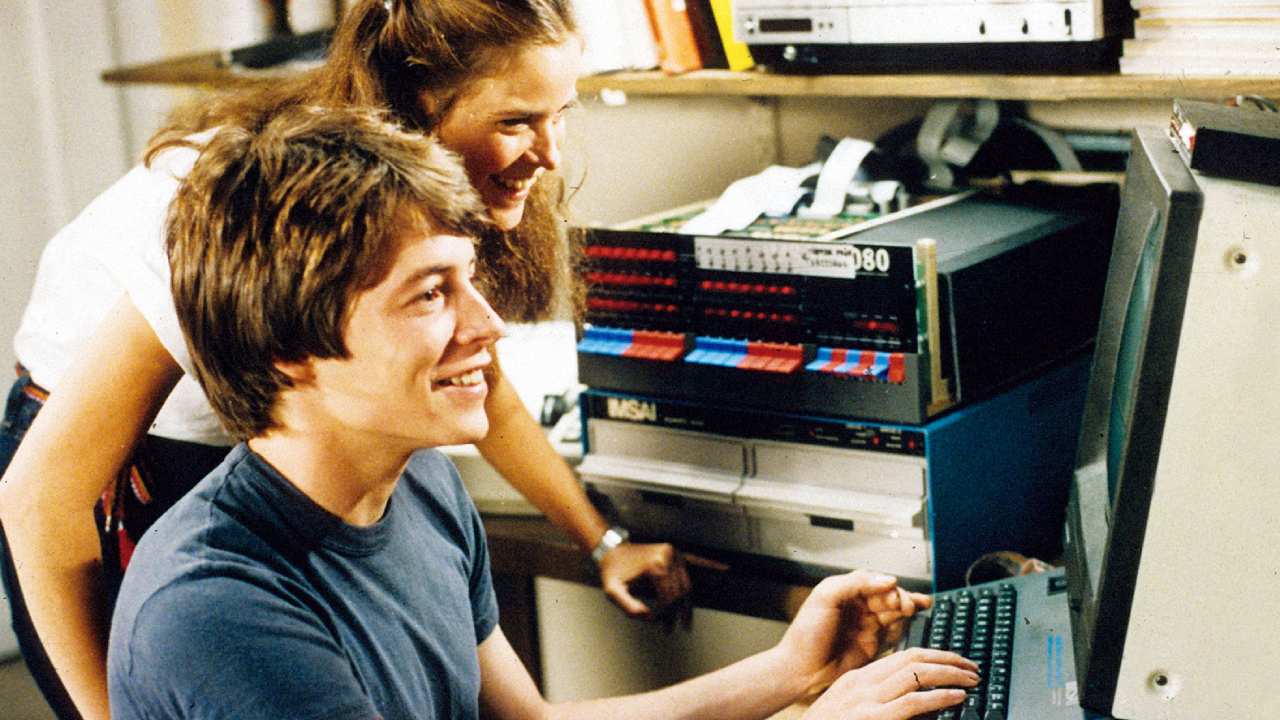
In WarGames, which sounds more like a thriller than a sci-fi movie, the terms artificial intelligence are still not widely used. In this present example, we are standing in front of a computer that collects information and processes it. He can reason, but it stops there. WOPR doesn’t really have a conscience like HAL, but it’s still dangerous when misused.
I Robot and the Declaration of Independence
When we think of artificial intelligence, the words “computer” or “android” come to mind, but robots have always fascinated us and continue to do so today.
I am a robot (in movies), become human (in video games), real people… there is no shortage of examples when we look for productions in which robots have united our society. This is also an excuse to move into drama for the second time. Their representation has evolved over time. For example, in Ex Machina (2014) he impersonates Alicia Vikander and holds his interlocutor in order to escape.
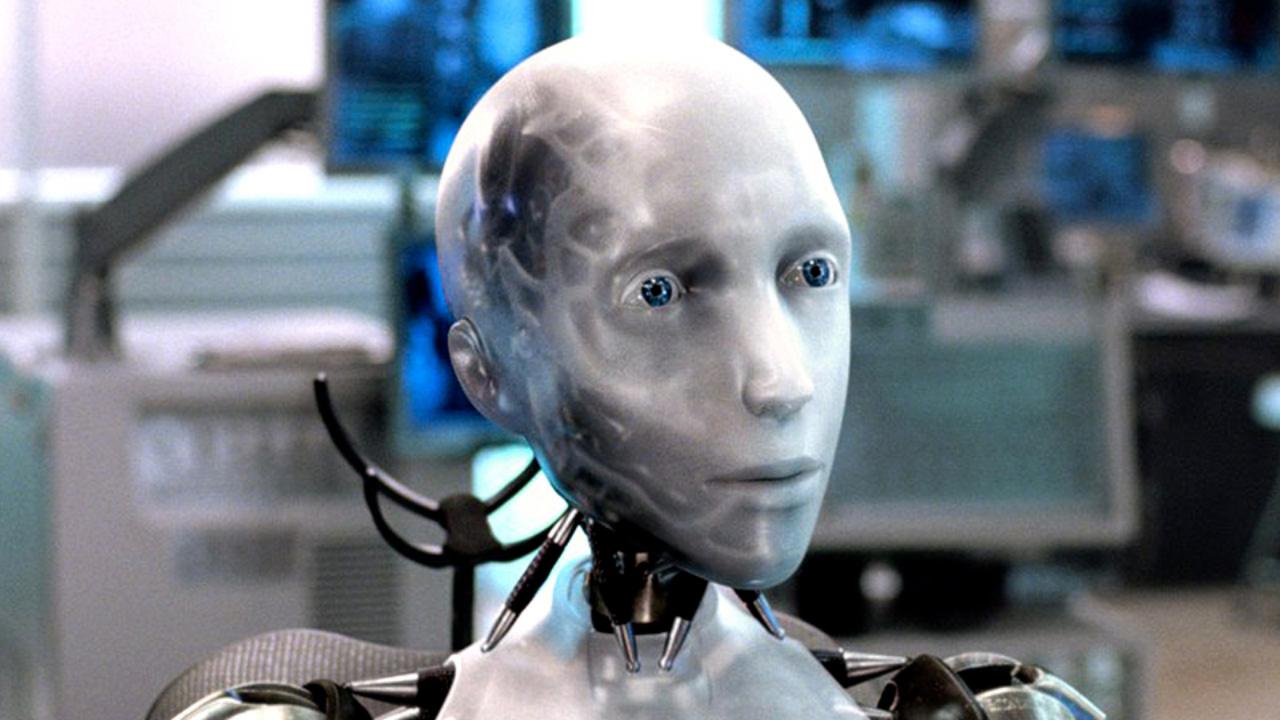
I Robot’s robots
Alex Proyas’ film with Will Smith, released in 2004, is set in 2035. The hero investigates the murder of a robot researcher whose prime suspect appears to be an android. I Robot begins in 1942 with science fiction writers Isaac Asimov and John W. Among the three laws of robotics formulated by Campbell in 1942 and harming them: A robot cannot harm a human / A robot must obey orders. A human/robot must protect its existence to the extent that this protection does not conflict with the First or Second Law.
I Robot is a perfect example of an AI that opposes its creator and wants to declare its independence (using violence).
His: When it turns into a sentimental drama
Soft, poetic, charming… In 2014, Spike Jonze whisks us away to the near future, in which he imagines an ultra-modern computer program that can adapt to each user’s personality. This artificial intelligence can fill the emotional void of the character played by Joaquin Phoenix. He meets Samantha (Scarlett Johansson), an intelligent, intuitive and wonderfully funny woman. Samantha’s needs and desires grow and develop, just like Theodore’s, and they slowly fall in love…
“hasOver time and in the evolution of research in the field of artificial intelligence, it is possible to observe a tendency to expand these axes. Spike Jonze, for example, took a step towards the idea of a divide between the world of humans and the world of artificial intelligence. his. movie Steven Spielberg Artificial intellect (2001) even show robots coming to meet the emotional needs of some people. “
In this example, AI is not portrayed as a threat, but this does not prevent the film from becoming a sentimental drama: they love each other but cannot see each other, touch each other, have physical relations… It shows the limits of the genre.
Mission Impossible 7 and its superior AI
We’re no longer presenting Mission Impossible, the super-spy franchise starring Tom Cruise. After the terrorists got their hands on nuclear warheads, stole a virus that could wipe out an entire population or even prevent World War III, Ethan Hunt must this time face an enemy that isn’t quite human.
In Dead Reckoning, which hit theaters last July, the super agent this time had to pick up two keys that allow him to control an artificial intelligence. But Ethan Hunt fights against the same intelligence that seems to be gifted with a conscience. If the story is not original compared to what has been done in cinema in the past, one aspect made our expert Loic Besnier react:
“When it comes to visual representations of artificial intelligence, it seems that we are gradually moving to a stage other than android or humanoid, with the introduction of immaterial AIs. The AI in MI7 is effectively presented as both destructive on the one hand, and superior in intelligence to all other heroes, often giving it an advantage.
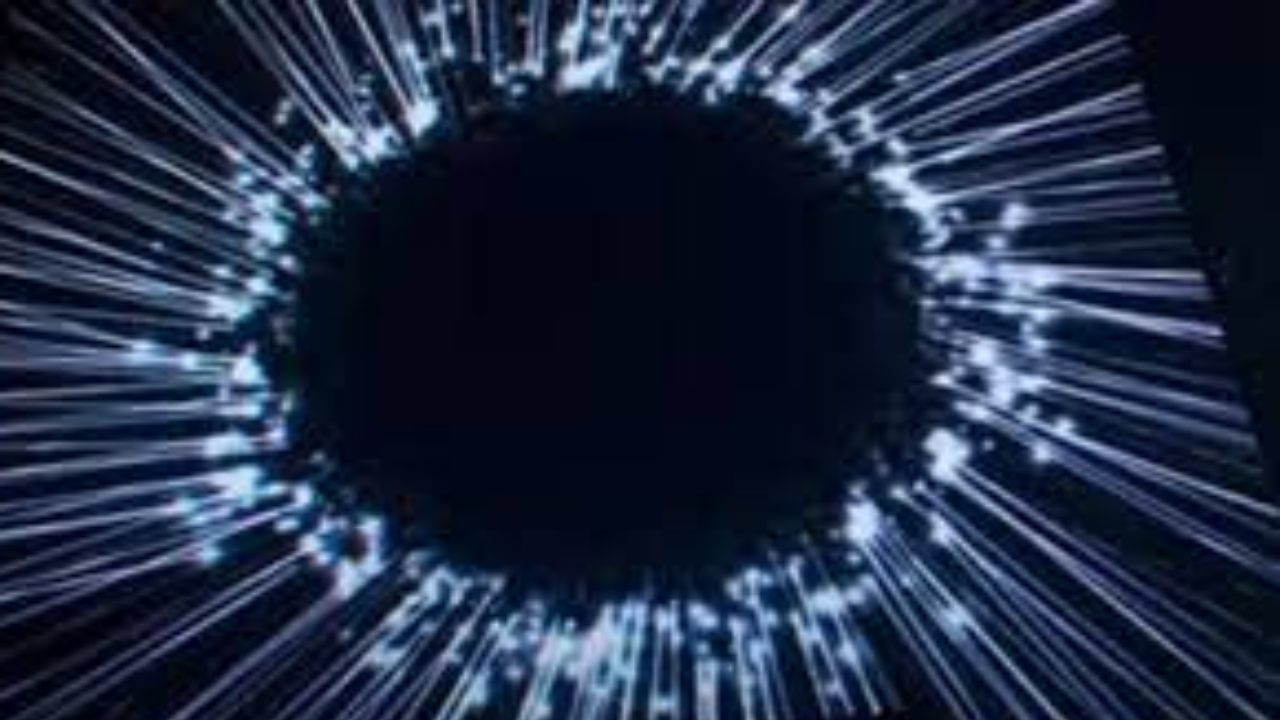
Mission Impossible 7 subjects
What I find particularly interesting about MI7 is the quasi-religious treatment of artificial intelligence, which is referred to by others as ‘the entity’. This is quite striking in the Venetian nightclub scene, where the unit seems to dominate all the characters, be it the Mission Impossible agents, their opponents, and of course Gabriel (Essay MoralesHunt’s arch nemesis, both slave and prophet of a creature he seems to love as much as he fears..”
True, the name of the character of Esai Morales is not chosen by chance, because in the Bible, Gabriel is an archangel, who is considered the main messenger of God. In this battle against a near-heavenly artificial intelligence, only Ethan Hunt/Tom Cruise, an upstart superhero—can accomplish this impossible mission (which also calls for a sequel due in theaters in the summer of 2024).
A subject that will not end in the cinema
For more than 50 years, cinema has done an amazing job of predicting AI and feeding our imaginations. If it occupies more and more space in our lives, we can trust the 7th art to drink from it and imagine even more interesting stories:
“There’s no reason to think it’s going to run out of steam, on the contrary, the further we go in AI research, the more we water the fiction. As far as drifts go, nothing in my eyes. Cinema and art in general should be able to treat each subject as it pleases.
Source: Allocine
Rose James is a Gossipify movie and series reviewer known for her in-depth analysis and unique perspective on the latest releases. With a background in film studies, she provides engaging and informative reviews, and keeps readers up to date with industry trends and emerging talents.

